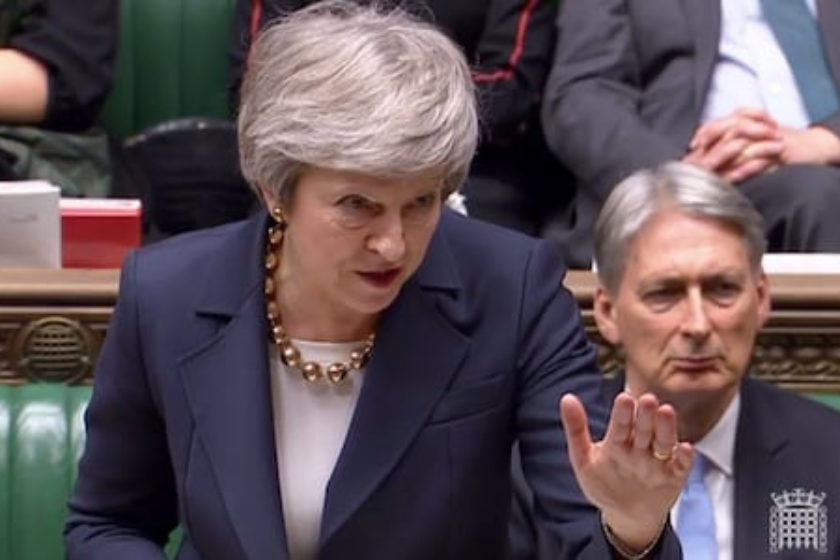Get your free online quote here
Market Overview:
A game of two halves…?…the US government shutdown has ended after a record 35 days, but we may see a redux come the 15th February!
President Trump succumbed to pressure over the weekend, ending the shutdown with no concession for “Wall” funding but instead provides time for Congressional negotiations over the next 3 weeks with a decision made before the current funding extension expires again on the 15th February, this result has seen a rise in risk markets. However, President Trump has said that if he can’t get a fair deal, he will either use his emergency powers or government will shut down again, look for more fireworks on this front over the next few weeks.
After a solid start to the year, investors are looking for more direction from a corporate earnings season that has so far been indecisive. Chinese Vice Premier Liu He has arrived in the US for what the White House is describing as “very, very important” trade talks this week. Amidst the backdrop of U.S.-China stress and geopolitical tensions in Venezuela, traders/investors also need to navigate the Federal Reserve rate decision, developments in the U.K.’s Brexit process and a potential slew of American economic data that was delayed by the government shutdown.
Brexit continues to dominate the Eurozone with the UK Parliament overnight voting not to delay the Brexit date of 29th March thus giving PM May an opportunity to send a unified message to Brussels to rip open the Brexit agreement or watch chaos unfold as the U.K. splits away from the bloc without a deal. The GBP has come under pressure as the chances of a no-deal Brexit are now perceived to have risen.
Also, on the agenda this week are further US/China trade talks, now complicated by the new indictments by the US Justice Dept against Chinese technology giant Huawei, along with the FOMC meeting and statement on Wednesday night.








